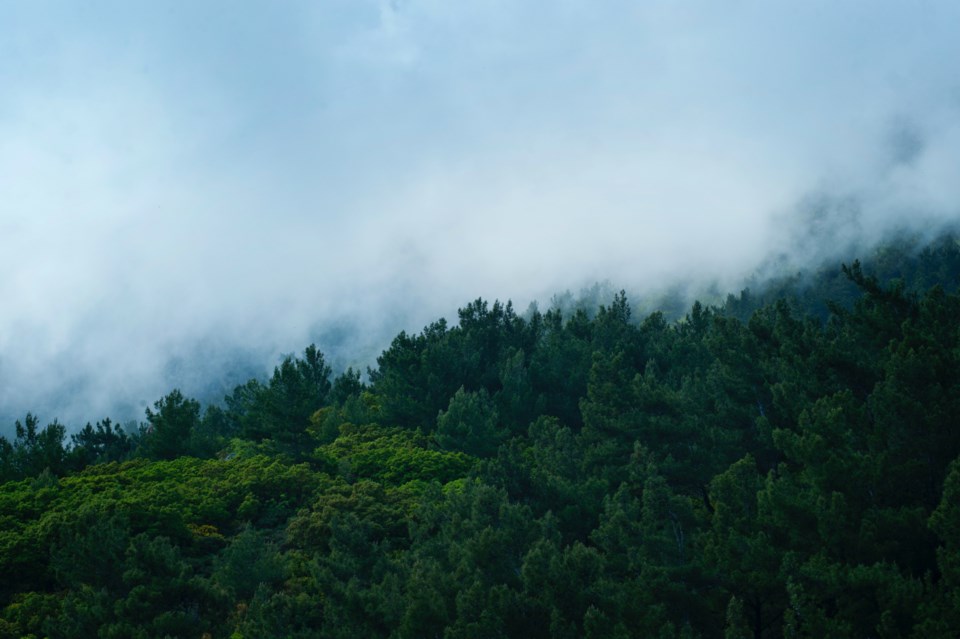Smoke from nearby forest fires is affecting the air quality in the region.
A special air quality statement is in effect for Kapuskasing, Hearst, Smooth Rock Falls, Manitouwadge, Hornepayne and the White River area.
Environment Canada says high levels of air pollution have developed due to the forest fires.
"Wildfire smoke can be harmful to everyone’s health even at low concentrations. Continue to take actions to protect your health and reduce exposure to smoke," reads the advisory.
"People with lung disease (such as asthma) or heart disease, older adults, children, pregnant people, and people who work outdoors are at higher risk of experiencing health effects caused by wildfire smoke. Stop outdoor activities and contact your health care provider if you or someone in your care experiences shortness of breath, wheezing (including asthma attacks), severe cough, dizziness or chest pains. Stay inside if you are feeling unwell and experiencing symptoms."
To keep indoor air clean, the organization suggests keeping doors and windows closed if the temperature inside is comfortable. It also says to use an air purifier with a high-efficiency particulate air (HEPA) filter and avoid air purifiers that produce ozone.
There are two fires of note near the areas affected.
Wawa 3 has been impacting travel on Highway 631, which connects Highway 17 and Highway 11. It started May 27 within the Kakakiwibik Esker north of Highway 17. As of last night (May 30), it had grown to 4,800 hectares and was not under control.
If you're travelling in that area, check 511 before heading out for any road closures.
Wawa 2 is south of Highway 17 near Crocker's Lake, 5.5 kilometres west of White River. As of yesterday, it was 105 hectares and not under control.
A number of fires remain active in the region, including Timmins 2 which is east of Highway 144 in the Mamie Lake area. It started on May 28 and is listed as being held at 2 hectares in size.
There is an extreme fire hazard in the area. There is currently no fire ban in Timmins.
